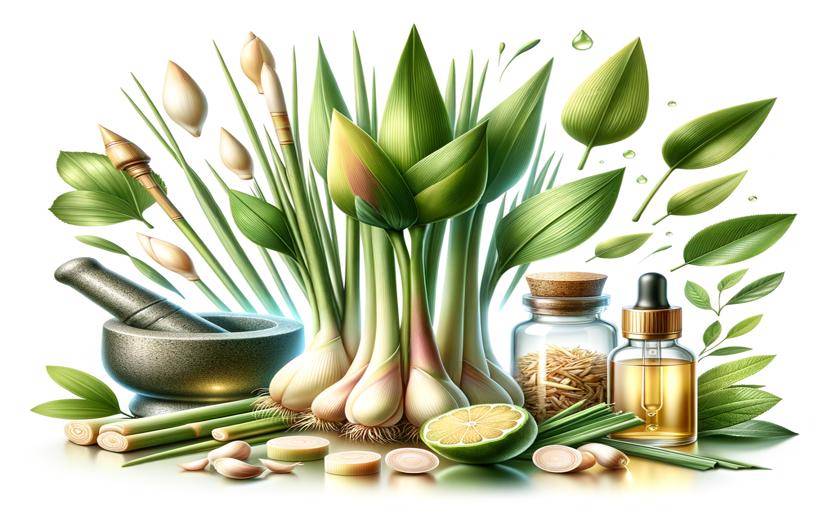
Herbs News
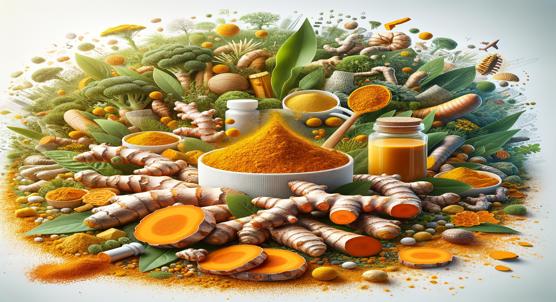
 12th July, 2024
| Greg Howard
12th July, 2024
| Greg Howard
Turmeric Can Reduce Methane and Improve Nutrient Breakdown
Turmeric rhizomes can boost ruminal fermentation and cut methane emissions, offering a sustainable alternative to antibiotics in livestock. This aligns with studies on plant-based additives enhancing animal performance and tackling antibiotic resistance.
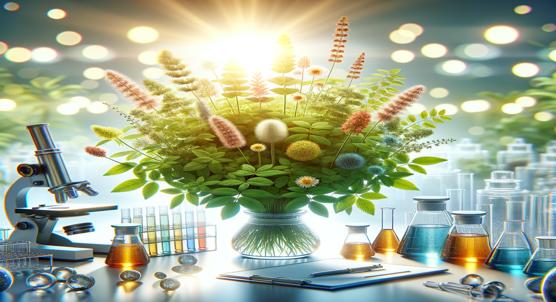
 12th July, 2024
| Jenn Hoskins
12th July, 2024
| Jenn Hoskins
Optimizing Clean-Up Methods to Detect Pesticides and Toxins in Medicinal Herbs
Researchers developed a method to detect over 160 pesticide and mycotoxin residues in medicinal herbs, ensuring their safety. The study highlights the importance of monitoring contaminants to protect public health and improve the quality of herbal medicines.
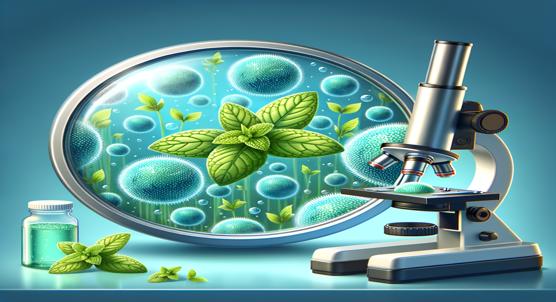
 11th July, 2024
| Jim Crocker
11th July, 2024
| Jim Crocker
Mint-Infused Nanostructures: A New Way to Eliminate Harmful Microbial Biofilms
Researchers at The Women University Multan found that silver nanoparticles synthesized using Mentha longifolia leaf extract effectively combat biofilm-forming bacteria like E. coli and S. aureus. This eco-friendly method offers a promising alternative to traditional antibiotics.
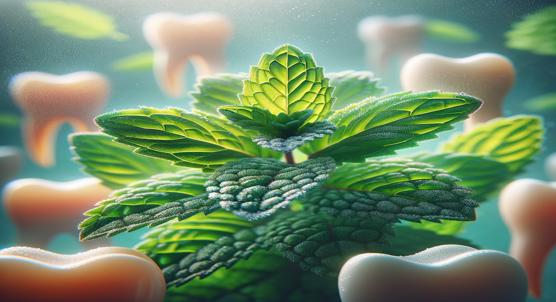
 11th July, 2024
| Greg Howard
11th July, 2024
| Greg Howard
Peppermint Oil's Potential to Fight Harmful Oral Bacteria and Protect Your Teeth
Mentha piperita essential oil shows promise as a safe, effective alternative to traditional antimicrobials for combating tooth decay. It reduces bacterial biofilms and works well with chlorhexidine, minimizing side effects like enamel erosion and taste disturbances.
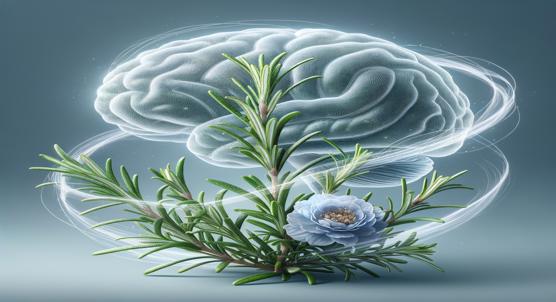
 7th July, 2024
| Jim Crocker
7th July, 2024
| Jim Crocker
How Eating Rosemary Affects Brain Activity in Healthy People
Recent research from İstanbul Nişantaşı University shows that consuming rosemary extract can boost cognitive function in the short term. EEG data revealed increased brain activity in specific frequency bands, supporting rosemary's traditional and antioxidant benefits.

 4th July, 2024
| Greg Howard
4th July, 2024
| Greg Howard
Antioxidant Power and Health Benefits of Herbal Teas from Medicinal Plants
Teas and herbal infusions, rich in antioxidants, play a crucial role in health. A study highlights the high antioxidant capacity of Larrea cuneifolia and Larrea nitida, suggesting their potential as natural food preservatives and health-boosting nutraceuticals.

 3rd July, 2024
| Jim Crocker
3rd July, 2024
| Jim Crocker
How Different Liquids Affect the Texture and Feel of Basil Seed Gel
A study by MTEC shows that basil seed mucilage (BSM) thickens liquids differently depending on the medium, with water thickening the most and milk the least. BSM also offers optimal lubrication in apple juice, highlighting its potential for safe dysphagia management.

 1st July, 2024
| Jenn Hoskins
1st July, 2024
| Jenn Hoskins
Preventing Diabetic Nerve and Brain Issues with Herbal Remedies
A NUST study reveals that Nigella sativa and Cassia angustifolia can protect against diabetes-related nerve damage and cognitive deficits in hyperglycemic mice, suggesting these herbs could help manage complications in diabetic patients.

 1st July, 2024
| Jim Crocker
1st July, 2024
| Jim Crocker
Oregano Oil's Germ-Fighting Power Enhanced by Cellulose Nanofiber Emulsions
Researchers at UNICAMP found that using cellulose nanofibers from cassava peel to stabilize oregano essential oil emulsions enhances antimicrobial effects and offers an eco-friendly, cost-effective solution. This method holds promise for biodegradable coatings and films.

 25th June, 2024
| Jim Crocker
25th June, 2024
| Jim Crocker
Detecting Pesticide Residues in Dry Herbs Using Advanced Lab Techniques
A study from the University of Brasília validated precise methods to detect EBDC fungicides and ETU in dry herbs, revealing 19.4% had EBDC residues. This highlights the need for monitoring to prevent illicit pesticide use and ensure consumer safety.

 22nd June, 2024
| Greg Howard
22nd June, 2024
| Greg Howard
Thyme and Ginger Nano-Particles Boost Growth and Meat Quality in Chickens
Thyme and ginger, including their nano-forms, can boost broiler chicken growth, gut health, and meat quality, offering a cost-effective alternative to antibiotics in poultry farming. This Beni-Suef University study highlights their potential in reducing antibiotic use.
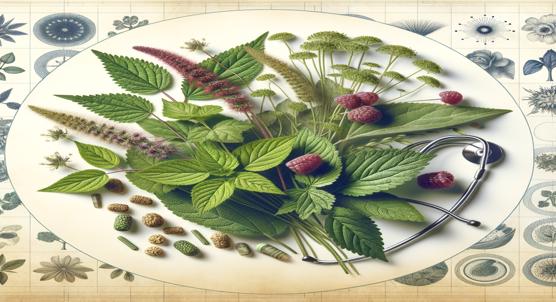
 18th June, 2024
| Jenn Hoskins
18th June, 2024
| Jenn Hoskins
Exploring Traditional Herbal Remedies for Postpartum Care and Uterine Health
In rural Uganda, pregnant women rely heavily on medicinal plants for labor induction and postpartum care. A Makerere University study highlights the cultural significance and risks of these practices, urging integration with formal healthcare to improve maternal health outcomes.

 18th June, 2024
| Greg Howard
18th June, 2024
| Greg Howard
Pest Control Using Essential Oils from Thyme and Lemongrass
Researchers at Mohamed El Bachir El Ibrahimi University found that essential oils from Thymus pallescens and Cymbopogon citratus effectively kill maize weevils and red flour beetles, offering a natural alternative to chemical pesticides for stored grain protection.

 17th June, 2024
| Jenn Hoskins
17th June, 2024
| Jenn Hoskins
Herbal Oil and Its Effects on Stress Levels in Fish
Oregano essential oil (OO) proves to be an effective and less stressful anaesthetic for Nile tilapia compared to clove oil (CO). At 60 mg/L, OO reduces stress markers like cortisol and glucose, suggesting it could enhance fish welfare and productivity in aquaculture.
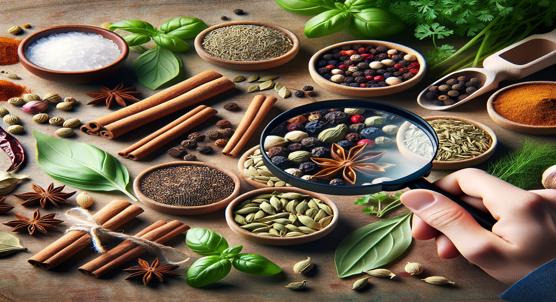
 14th June, 2024
| Jim Crocker
14th June, 2024
| Jim Crocker
Checking for Fungi and Toxins in Common Culinary Herbs and Spices
A study by the Technical University of Kenya found high levels of toxic fungi and ochratoxin A in spices and herbs sold in Nairobi. Garlic, cloves, and parsley had the highest contamination, posing significant health risks. Improved monitoring and storage practices are needed.

 13th June, 2024
| Jim Crocker
13th June, 2024
| Jim Crocker
Licorice vs. Chlorhexidine Mouthwash for Oral Health in ICU Patients
Researchers found that licorice mouthwash could be a viable alternative to chlorhexidine for improving oral health in ICU patients, offering a comparable improvement while avoiding some adverse effects. This could help reduce hospital-acquired infections like pneumonia.

 11th June, 2024
| Jim Crocker
11th June, 2024
| Jim Crocker
Digital Methods for Exploring the Benefits of Combined Herbal Remedies
The All India Institute of Ayurveda is conducting a review to map computational methods used to study polyherbal formulations in traditional medicine. This aims to bridge knowledge gaps, enhance understanding, and improve the safety and efficacy of these widely used treatments.
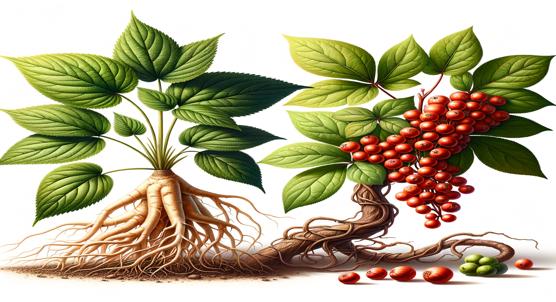
 11th June, 2024
| Jenn Hoskins
11th June, 2024
| Jenn Hoskins
How Ginseng and Schisandra Work Together to Help Treat Alzheimer's Disease
A study by the Chinese Academy of Sciences reveals that Radix ginseng and Schisandra chinensis could mitigate Alzheimer's symptoms by influencing key biomarkers and brain pathways. Advanced techniques highlight the potential of these herbs in developing effective AD treatments.
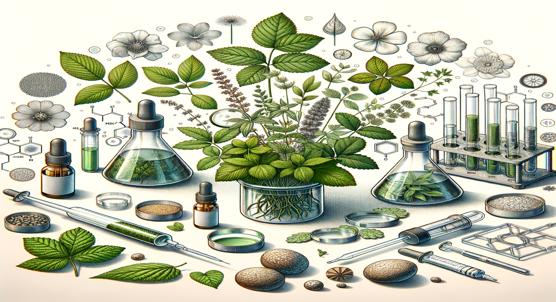
 7th June, 2024
| Jenn Hoskins
7th June, 2024
| Jenn Hoskins
Herb Extracts: A Promising Source for Anti-Atopic Dermatitis Activity
Recent research highlights Salvia miltiorrhiza Bunge's potential as a natural treatment for atopic dermatitis. Two cultivars, 'Dasan' and 'Kosan', show promise due to their unique antioxidant and anti-inflammatory properties, offering a safer alternative to corticosteroids.
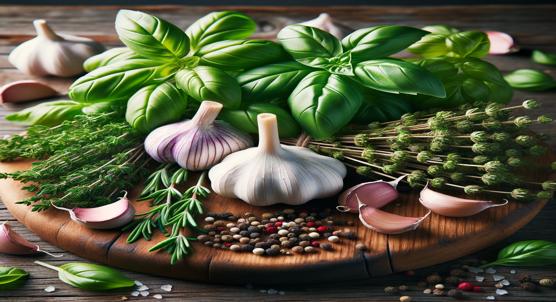
 2nd June, 2024
| Greg Howard
2nd June, 2024
| Greg Howard
Study Confirms Garlic, Basil, and Thyme Are Promising for Improving Food Safety
Mediterranean plant extracts like garlic, basil, and thyme show strong antimicrobial properties against foodborne pathogens, offering a natural alternative to traditional methods and addressing antimicrobial resistance concerns in food preservation.

 31st May, 2024
| Jim Crocker
31st May, 2024
| Jim Crocker
Portable Tools and Imaging to Identify Contaminants in Mint and Basil
Portable FTIR and Raman spectrometers now enable on-site detection of plant contaminants, crucial for precision agriculture. A study shows these tools can identify pollutants in basil and mint leaves, enhancing rapid decision-making and reducing crop loss.

 29th May, 2024
| Jim Crocker
29th May, 2024
| Jim Crocker
Exploring Spearmint Oil Nanoemulsions for Cancer Treatment and Stability
Researchers at Burapha University have enhanced spearmint oil's anticancer potential by creating stable nanoemulsions. Using molecular dynamics simulations, they optimized droplet size and stability, significantly improving the oil's bioavailability for medical use.
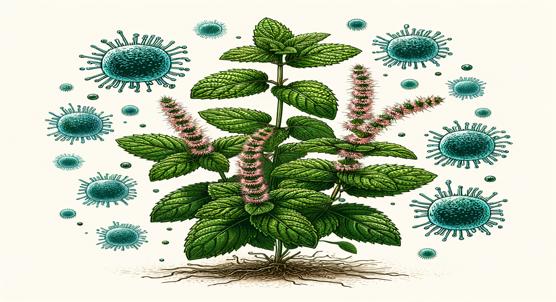
 28th May, 2024
| Jim Crocker
28th May, 2024
| Jim Crocker
Antifungal Properties and Plant Compounds of Wild Mint Oils
Wild mint, rich in bioactive compounds, shows promise as a natural antifungal agent. A study by the University of Kurdistan found significant variability in the antifungal efficacy of essential oils from different regions, highlighting its potential for sustainable agriculture.

 27th May, 2024
| Jim Crocker
27th May, 2024
| Jim Crocker
Development and Chemical Changes in Nectar of Borage Flowers
Researchers at the University of Rome Tor Vergata have revealed new insights into borage's nectar production, highlighting its peak secretion during full bloom and the role of secondary metabolites in attracting pollinators and defending against stress.

 25th May, 2024
| Jenn Hoskins
25th May, 2024
| Jenn Hoskins
Medicinal and Edible Plants Used by the Daur People
The Daur people of China use 52 medicinal and edible plants for health benefits, targeting digestive and immune issues. A recent study highlights the importance of preserving this knowledge for sustainable development and modern healthcare applications.
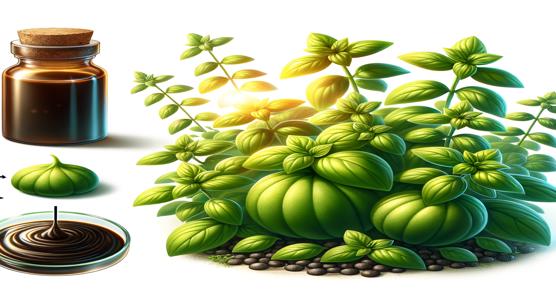
 23rd May, 2024
| Greg Howard
23rd May, 2024
| Greg Howard
Lemon Basil Seed Extract: Purification and Role in Reducing Fat Cell Formation
Researchers at Chulalongkorn University discovered that a peptide from lemon basil seeds can inhibit pancreatic lipase, reduce fat accumulation, and lower obesity risk. This novel approach could help manage cholesterol levels and obesity-related health issues.
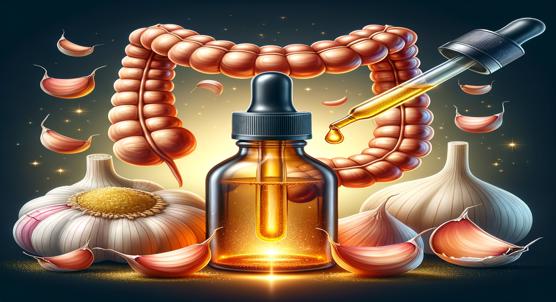
 15th May, 2024
| Jenn Hoskins
15th May, 2024
| Jenn Hoskins
Garlic Extracts Improve Intestinal Health and Relieve Constipation
Garlic polysaccharides (GPs) show promise for gut health by enhancing intestinal barriers, promoting beneficial gut bacteria, and relieving constipation in mice. This study highlights GPs' potential as effective prebiotics, contributing to overall well-being.

 15th May, 2024
| Jenn Hoskins
15th May, 2024
| Jenn Hoskins
New Licorice Varieties with Health-Boosting Compounds for Better Production
Shahid Beheshti University's study identifies Iranian licorice genotypes rich in glycyrrhizic acid and glabridin, offering a sustainable source for pharmaceuticals. This cultivation reduces pressure on wild populations and supports drug development, especially in cancer therapy.
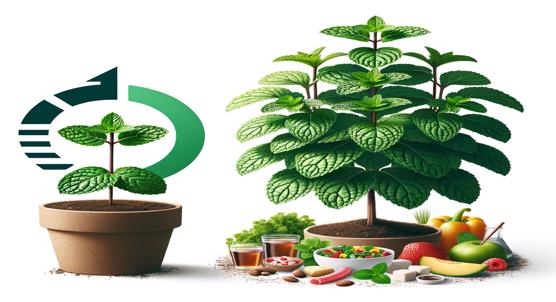
 15th May, 2024
| Jenn Hoskins
15th May, 2024
| Jenn Hoskins
Peppermint Oil and Supplement Impact on Growth and Nutrition in Low-Energy Diets
The University of Tehran found that adding peppermint oil and an emulsifier to low-energy broiler chicken diets maintained growth, reduced abdominal fat, and improved nutrient absorption, offering a cost-effective solution for efficient poultry production.
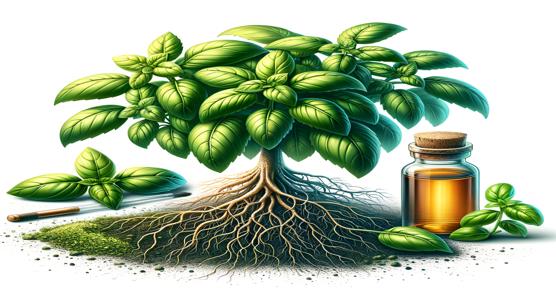
 15th May, 2024
| Greg Howard
15th May, 2024
| Greg Howard
How Horsetail Extract Affects Basil Growth, Oil Production, and Chemistry
Research from Shahid Beheshti University shows that silicon-rich horsetail extract significantly boosts the growth, phytochemical content, and essential oil composition of sweet basil, enhancing its therapeutic and preservation properties.

 14th May, 2024
| Jenn Hoskins
14th May, 2024
| Jenn Hoskins
Effectiveness of Herbal Extracts in Controlling Cactus Pests
Mekelle University found that herbal extracts from plants like Solanum linnaenum and Nerium oleander effectively kill cochineal insects threatening cacti in Ethiopia. This eco-friendly solution helps protect vital food and income sources in arid regions.

 14th May, 2024
| Jenn Hoskins
14th May, 2024
| Jenn Hoskins
How Red Sage Extract Helps Improve Acute Heart Attack Symptoms in Rats
Danshen, a traditional heart remedy, shows promise in reducing heart injury and inflammation, with a study revealing its impact on metabolism.

 12th May, 2024
| Jenn Hoskins
12th May, 2024
| Jenn Hoskins
How Certain Herbs Combat Obesity and Boost Fertility in Females
A study suggests herbs like fennel and coriander in a plant-based diet may boost metabolic and reproductive health, countering obesity's negative effects.
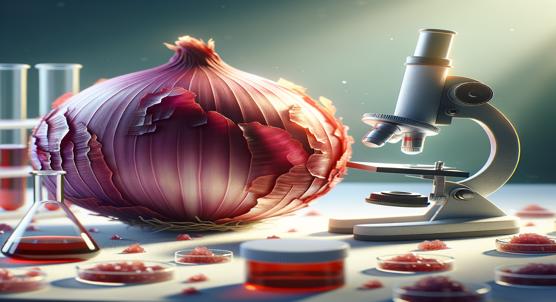
 10th May, 2024
| Jim Crocker
10th May, 2024
| Jim Crocker
Exploring Red Onion Peel Extract as a Natural Mania Treatment
Scientists find red onion skins might help manage bipolar disorder by reducing manic symptoms, offering a potential natural treatment with fewer side effects.

 7th May, 2024
| Greg Howard
7th May, 2024
| Greg Howard
Exploring Plant-Based Oils as a New Treatment for Eczema
Exploring essential oils as a natural, side effect-free treatment for eczema, researchers highlight their potential to soothe inflamed skin and improve immune response.
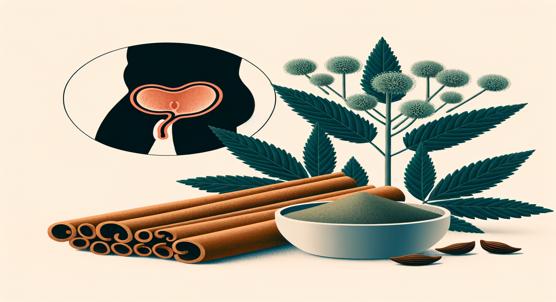
 29th April, 2024
| Greg Howard
29th April, 2024
| Greg Howard
Understanding How Cinnamon and Motherwort Ease Prostate Enlargement
A study reveals how cinnamon and motherwort, used in Traditional Chinese Medicine, may combat prostate enlargement by targeting specific cellular pathways.
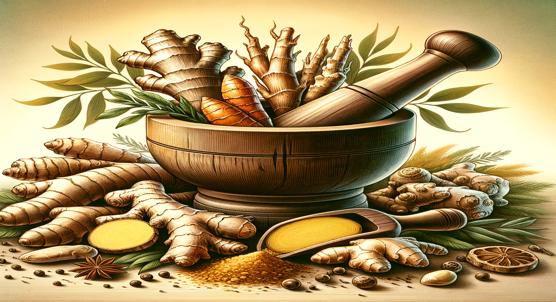
 28th April, 2024
| Jim Crocker
28th April, 2024
| Jim Crocker
Health Benefits of Herbal Root Extracts Examined
Discover the healing powers of herb roots! A study reveals their antioxidant properties and potential to prevent diabetes-related damage by blocking harmful substances.

 27th April, 2024
| Jenn Hoskins
27th April, 2024
| Jenn Hoskins
Parsley Essential Oil: A Potential Source of Health Benefits
Parsley essential oil shows promise as a strong antioxidant and antimicrobial agent, with potential for use in modern medicine to combat diseases and infections.
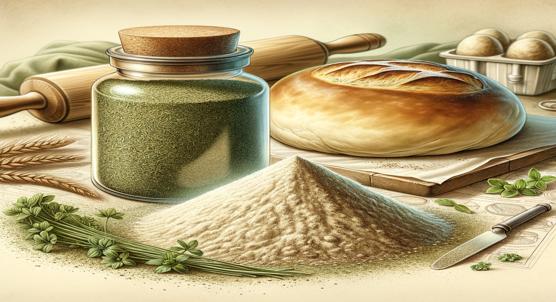
 25th April, 2024
| Jenn Hoskins
25th April, 2024
| Jenn Hoskins
How Tarragon Powder Improves Bread Dough and Quality
Tarragon-enriched bread could offer higher protein, fiber, and antioxidants, improving health benefits without sacrificing taste, according to Turkish researchers.

 25th April, 2024
| Greg Howard
25th April, 2024
| Greg Howard
Sweet Potato Leaves as Natural Protectors Against Sea Water Metal Corrosion
Exploring nature's secrets, scientists have created an eco-friendly corrosion inhibitor from sweet potato leaves that protects aluminum alloys by forming a protective layer with 94.6% efficiency.

 24th April, 2024
| Jim Crocker
24th April, 2024
| Jim Crocker
Black Seed Oil Effectiveness and Safety for Joint Pain Management
Researchers find black seed oil may reduce arthritis pain, especially when applied to the skin, but more studies are needed to confirm its effectiveness.

 23rd April, 2024
| Greg Howard
23rd April, 2024
| Greg Howard
Boosting Milk Production: Testing a Herbal Mix in New Moms
A study reveals that a polyherbal remedy is as effective as a commercial product in boosting breast milk production, offering a safe, natural option for nursing mothers.
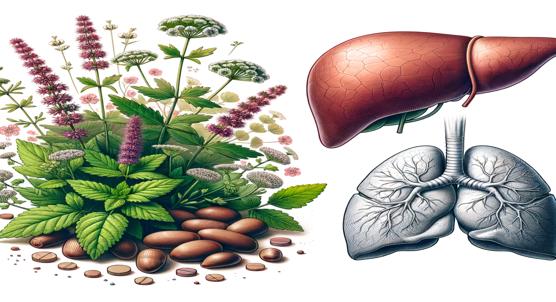
 22nd April, 2024
| Jim Crocker
22nd April, 2024
| Jim Crocker
Dangers of Herbal Remedies on Liver Health in Ayush Medicine
A study reveals that certain herbs in Indian traditional medicine can be toxic to the liver, highlighting the need for better regulation and awareness.

 19th April, 2024
| Jim Crocker
19th April, 2024
| Jim Crocker
Fennel and Anise Oils as Sedatives in Common Carp
Researchers find fennel oil to be a safe and effective anesthetic for common carp, offering a balance between quick induction and recovery without adverse effects on fish tissue.

 18th April, 2024
| Jim Crocker
18th April, 2024
| Jim Crocker
Herbal Diabetes Treatments Used in the Casablanca Region
Moroccan researchers have identified 47 plant species used in traditional diabetes treatments, highlighting the potential for new, plant-based therapies.

 16th April, 2024
| Greg Howard
16th April, 2024
| Greg Howard
Ginkgo Biloba Reduces Harmful Effects of Parasite Treatment in Mice
Researchers find that Ginkgo biloba may reduce harmful effects of sleeping sickness and its treatment, improving survival and protecting brain and organ health.

 15th April, 2024
| Jim Crocker
15th April, 2024
| Jim Crocker
Herbal Supplements and Risks Before Surgery
Herbal supplement sales hit $13 billion as more patients turn to alternative medicine, often not telling their doctors, risking dangerous surgery complications.
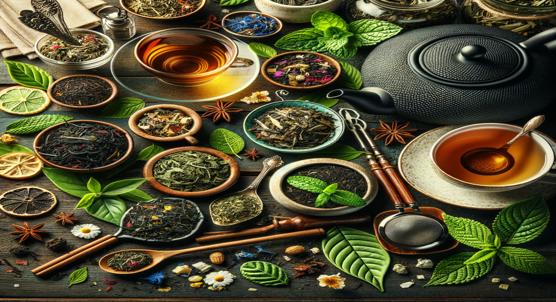
 14th April, 2024
| Jenn Hoskins
14th April, 2024
| Jenn Hoskins
Exploring Tea and Herbal Drink Habits and Choices
A study on tea and herbal infusion consumption in Portugal reveals that preferences vary by age and demographics, with many not reading labels or using expired products.

 12th April, 2024
| Greg Howard
12th April, 2024
| Greg Howard
Ginger Extract's Impact on Growth and Health in Young Cows
A study shows that adding ginger extract to the diets of young dairy calves can lead to better growth, early weaning, and may boost their immune system and defense against stress.

 9th April, 2024
| Greg Howard
9th April, 2024
| Greg Howard
Kidney Protection from Antibiotic Damage with Herbal Extract
Researchers find that Gastrodia elata Blume, a traditional herb, may protect against kidney damage caused by the antibiotic vancomycin, offering hope for safer treatments.

 8th April, 2024
| Jenn Hoskins
8th April, 2024
| Jenn Hoskins
Gotu Kola Lessens Harmful Impact of BPA on Pancreas
Centella asiatica, a traditional medicinal plant, may protect against blood sugar diseases by countering BPA, a common chemical's toxic effects on vital insulin-producing cells.
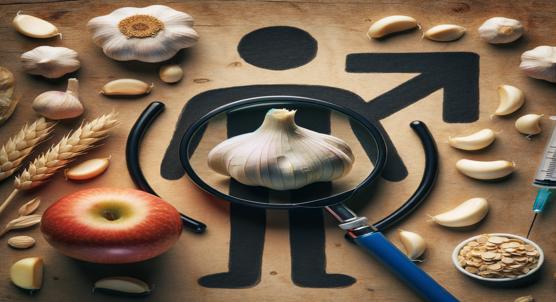
 7th April, 2024
| Greg Howard
7th April, 2024
| Greg Howard
Garlic and Bitter Apple's Impact on Male Fertility in Diabetes
A study reveals that garlic and Citrullus colocynthis may improve male reproductive health in diabetic rats, suggesting a natural treatment for diabetes-related fertility issues.

 6th April, 2024
| Jenn Hoskins
6th April, 2024
| Jenn Hoskins
Testing Treatments for Fatigue in Advanced Cancer Patients
Researchers are comparing treatments for cancer-related fatigue, a symptom that diminishes patients' quality of life but is often overlooked and lacks effective management strategies.

 3rd April, 2024
| Jim Crocker
3rd April, 2024
| Jim Crocker
Lavender Oil Silexan Helps with Mild Depression
A study reveals that silexan, an oral lavender oil extract, may effectively treat depression, showing similar benefits to the antidepressant sertraline with fewer side effects.
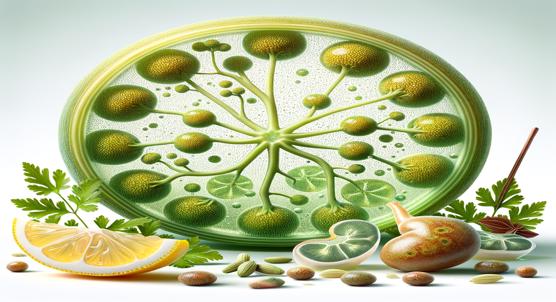
 3rd April, 2024
| Greg Howard
3rd April, 2024
| Greg Howard
Lemongrass and Parsley Seed Nanogel: A Remedy for Kidney Stones
New research shows extracts from Halfa Bar and parsley, in emulsion or nanogel form, can effectively reverse kidney stone effects in rats, offering hope for natural treatments.
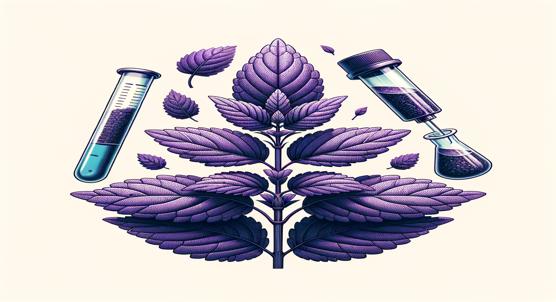
 24th March, 2024
| Jenn Hoskins
24th March, 2024
| Jenn Hoskins
Creating a Test to Detect High-Methyl Eugenol in Purple Tulsi
SRM Institute researchers developed a test to distinguish beneficial Tulsi variants, gaining insights vital for preserving safety and trust in herbal products.

 20th March, 2024
| Jenn Hoskins
20th March, 2024
| Jenn Hoskins
Ginseng May Help Reset Body Clock and Reduce Inflammation
Researchers reveal ginseng's potential for treating metabolic disorders, with benefits for body temperature, gut health, and inflammation management in rats.

 15th March, 2024
| Jim Crocker
15th March, 2024
| Jim Crocker
Herbal Formula Shows Promise Against Liver Scarring in Mice
A study reveals that the traditional herbal medicine Yi-Qi-Jian-Pi Formula can improve liver function and reduce scar tissue in liver fibrosis by tackling inflammation and oxidative stress.

 13th March, 2024
| Jenn Hoskins
13th March, 2024
| Jenn Hoskins
Aloe Vera Gel Helps Protect the Liver from Heavy Metal Damage
A study shows that Aloe vera gel can protect the liver from damage caused by cadmium, a toxic metal. The natural gel reduces harmful oxidative stress and inflammation in the liver.

 10th March, 2024
| Greg Howard
10th March, 2024
| Greg Howard
Local Healing Plants Used by Indigenous People in Dugda
Researchers at Addis Ababa University have documented traditional plant-based remedies used for livestock care by Ethiopia's Dugda District, preserving vital indigenous veterinary knowledge.

 10th March, 2024
| Jenn Hoskins
10th March, 2024
| Jenn Hoskins
Echinacea Root Extract Helps Protect Liver from Toxic Metal Damage
Discover how Echinacea purpurea, a plant known for boosting immunity, may also protect the liver from toxic industrial waste, offering hope for natural detox remedies.

 10th March, 2024
| Jenn Hoskins
10th March, 2024
| Jenn Hoskins
How Lavender Affects Mood When Using Birth Control Pills
Research suggests that lavender oil capsules may help improve mood and reduce stress for women on birth control pills without affecting anxiety levels.

 9th March, 2024
| Jenn Hoskins
9th March, 2024
| Jenn Hoskins
Boosting Cow Digestion with Plant Nutrient Pellets and Lemongrass
Researchers have created a natural feed additive from tropical plants that reduces methane emissions and improves digestion in livestock, offering a sustainable farming solution.
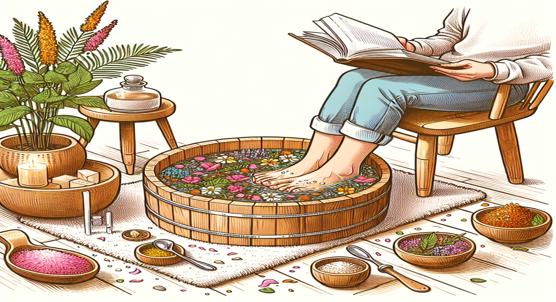
 4th March, 2024
| Jenn Hoskins
4th March, 2024
| Jenn Hoskins
Herbal Foot Baths and Their Impact on Diabetic Nerve Pain
A study shows that TW foot baths, a traditional Chinese medicine therapy, are effective and safe in treating diabetic peripheral neuropathy, offering new hope for patients.
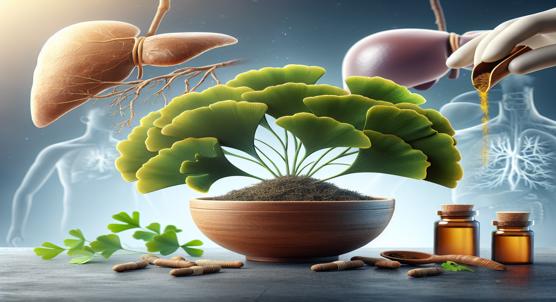
 1st March, 2024
| Jenn Hoskins
1st March, 2024
| Jenn Hoskins
Ginkgo Extract Helps Heal Acute Liver Damage via Key Signaling Pathway
Findings from Beihua University suggest that Ginkgo biloba extract could help protect the liver from injury by reducing stress and inflammation and activating cell defenses.

 1st March, 2024
| Jenn Hoskins
1st March, 2024
| Jenn Hoskins
Barley, Cardamom, and Chickpea Mix Helps Fight Diabetes
University of Karachi research finds that poly-herbal granules combining barley, cardamom, and chickpeas can reduce blood sugar and obesity in diabetic rats, supporting traditional South Asian remedies.



